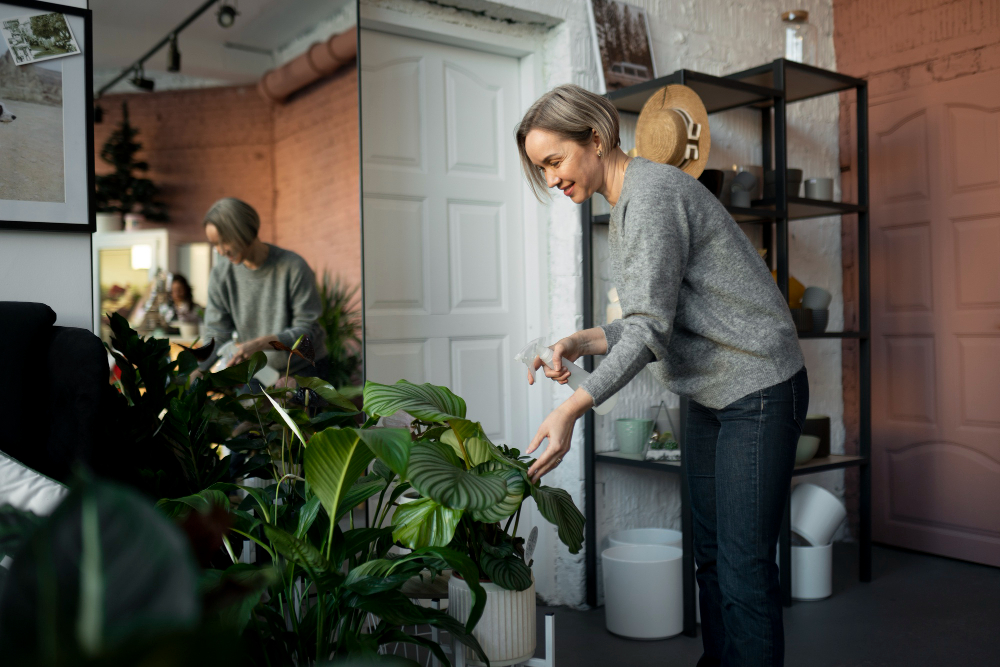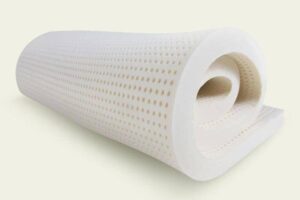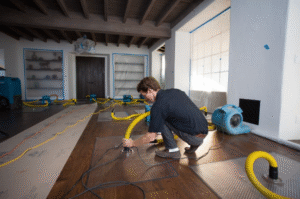
Let’s face it — life feels better when we’re surrounded by nature!
But with busy cities, tight schedules, and more time spent indoors, it’s not always easy to get our daily dose of greenery. That’s where biophilic design comes in and it’s changing the way we design Australian homes.
Simply put, biophilic design is all about creating spaces that feel connected to nature. It’s more than just adding a couple of plants (though we love those too!). Whether you’re planning a full home makeover or looking into a living room renovation service, it’s about light, textures, natural materials, and even sound. And the best part?
It’s good for your well-being, reduces stress, and boosts happiness — exactly what every home should do.
Let’s explore how you can bring nature indoors with clever biophilic design in Australian homes.
What Is Biophilic Design, And Why Does It Matter?
In case you’re wondering, biophilic design isn’t just another design trend — it’s backed by science. The idea is simple: humans have an innate connection to nature, and when we bring that connection into our living spaces, we feel calmer, healthier, and more creative.
Key elements of biophilic design include:
- Natural light and ventilation
- Organic shapes and patterns
- Use of natural materials like wood and stone
- Indoor plants and green walls
- Water features and calming sounds
- Visual connections to outdoor views
Incorporating biophilic design in Australian homes helps create spaces that are both beautiful and mentally restorative — and who wouldn’t want that?
Benefits of Biophilic Design in Australian Homes
Let’s talk about why you should care. Aside from making your home look stunning, biophilic design comes with real benefits.
Here’s what homeowners are experiencing:
- Lower stress levels — just a touch of greenery can make you feel more at ease
- Improved focus and productivity — perfect for home offices
- Better air quality thanks to houseplants and natural ventilation
- Enhanced mood — studies show that people surrounded by nature feel happier
- Increased property value — homes with thoughtful design features stand out in the market
Whether you’re in a small city apartment or a suburban home, there’s a way to bring biophilic design into your space.
7 Easy Ways to Bring Nature Indoors
Ready to get started? You don’t need to completely renovate to add nature to your home. Small, thoughtful changes go a long way.
1. Let There Be Natural Light
Open up those curtains! Maximize daylight by using sheer fabrics, larger windows, or skylights. Light creates a sense of space and connection to the outdoors.
2. Add Greenery (Go Beyond the Fiddle Leaf Fig)
Plants are the heart of biophilic design in Australian homes. Mix it up with:
- Hanging planters
- Vertical green walls
- Herb gardens in the kitchen
- Indoor trees in larger spaces
3. Choose Natural Materials
Ditch plastic and synthetic finishes. Think warm timber floors, stone countertops, linen curtains, and bamboo furnishings.
4. Embrace Organic Shapes
Incorporate furniture with curved edges and nature-inspired patterns — these soften the space and make it feel more inviting.
5. Use Water Features
The sound of trickling water has a calming effect. Small tabletop fountains or indoor water features can transform a room’s atmosphere.
6. Bring in Nature-Inspired Art
Wall art featuring landscapes, botanical prints, or sculptures made from natural materials can help create visual connections to nature.
7. Create Outdoor-Indoor Flow
Open-plan living areas that connect seamlessly with gardens or patios enhance biophilic design in Australian homes. Use folding glass doors or outdoor seating areas that feel like part of the living room.
How Australian Architects Are Leading with Biophilic Design?
Here’s the exciting part: Australia’s architecture scene is fully embracing biophilic design. From luxury homes in Melbourne to sustainable developments in Brisbane, designers are finding creative ways to bring nature indoors.
Some standout trends include:
- Floor-to-ceiling windows offering uninterrupted views of native landscapes
- Internal courtyards filled with plants and natural light
- Timber and stone feature walls reflecting Australia’s natural materials
- Rainwater harvesting and eco-gardens that blend form and function
These design elements aren’t just for show — they make homes feel more connected to the land and improve environmental sustainability.
Biophilic Design: A Key Feature in Sustainable Homes
Sustainability and biophilic design go hand in hand. If you care about the planet (and your energy bills), this design approach is a no-brainer.
Here’s how they work together:
- Natural ventilation reduces the need for air conditioning
- Solar orientation and natural light lower electricity use
- Locally sourced materials have a smaller carbon footprint
- Native plants in and around the home require less water and maintenance
By adopting biophilic design in Australian homes, you’re not just making your space feel good — you’re also doing good.
The Future of Biophilic Design in Australian Homes
With growing urban populations and rising stress levels, it’s safe to say biophilic design isn’t going anywhere. In fact, we’ll be seeing more:
- Smart home technology that mimics natural cycles (like lighting that adjusts with the sun)
- Integrated green spaces in apartment buildings
- Nature-focused co-living spaces for communities
- Homes that blur the line between indoors and outdoors with retractable walls and rooftop gardens
The future of Australian housing will be greener, smarter, and healthier — all thanks to biophilic design.
Final Thoughts:
You don’t need a huge budget or an architect to start bringing nature indoors. Even small changes — like a few houseplants, better lighting, or incorporating natural textures through a bathroom renovation service — can transform your space and your well-being.
So next time you look around your home, ask yourself: How can I make this space feel more connected to nature? Start small, think green, and enjoy the calm that comes with biophilic design in Australian homes.
FAQs
- What is the main purpose of biophilic design?
It helps create living spaces that connect us to nature, improving wellbeing, air quality, and relaxation. - Can biophilic design work in small apartments?
Absolutely! Start with houseplants, natural materials, and maximizing natural light. - Is biophilic design expensive to implement?
It doesn’t have to be. Small touches like adding plants, natural fabrics, and wood can make a big difference. - How does biophilic design improve mental health?
Being surrounded by natural elements reduces stress, boosts mood, and enhances concentration. - Do Australian homes require special considerations for biophilic design?
Yes — think about climate-appropriate plants, natural ventilation, and making the most of Australia’s sunlight.







